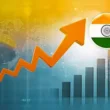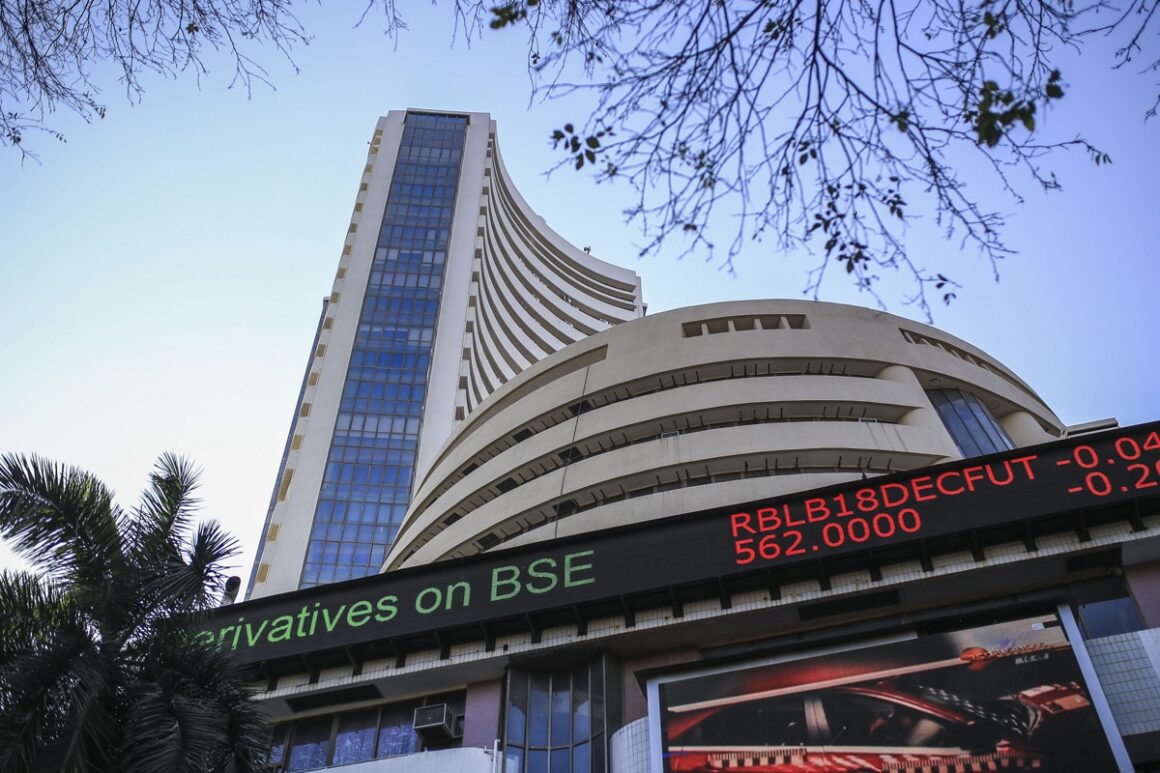Mumbai—The Indian stock market, a key barometer of the nation’s economic health, is currently experiencing a period of heightened volatility, prompting cautious sentiment among investors. The fluctuations observed in benchmark indices, the Sensex and Nifty, are intricately linked to the dynamic interplay of global economic signals and the ever-shifting tides of foreign institutional investor (FII) activity.
The Influence of Foreign Institutional Investors:
- Capital Flow Dynamics:
- FIIs play a pivotal role in shaping the direction of the Indian equity market. Their investment decisions, often driven by global risk appetite and emerging market sentiment, can trigger significant market movements.
- Sudden surges or withdrawals of foreign capital can lead to sharp fluctuations in stock prices, creating an environment of uncertainty for domestic investors.
- Factors influencing FII flows include:
- Interest rate differentials between India and developed economies.
- Global economic growth prospects.
- Geopolitical stability.
- The relative health of the Indian economy.
- Market Sentiment:
- FII activity often serves as a key indicator of market sentiment. Positive inflows can boost investor confidence, while outflows can trigger widespread selling pressure.
The Indian Equity Markets Impact of Global Economic Signals:
- Central Bank Policies:
- Decisions by major central banks, particularly the U.S. Federal Reserve, regarding interest rates and monetary policy, have far-reaching implications for global financial markets, including India.
- Changes in interest rates can influence capital flows, currency valuations, and investor risk appetite, all of which can impact the Indian stock market.
- Economic Data and Geopolitical Events:
- Global economic indicators, such as inflation figures, GDP growth rates, and employment data, are closely monitored by market participants.
- Geopolitical events, such as trade tensions, political instability, and international conflicts, can also create market uncertainty and volatility.
- Commodity Prices:
- Fluctuations in global commodity prices, especially crude oil, have a substantial impact on the indian economy, and therefore the indian stock market.
Market Outlook and Investor Strategies:
- Increased Volatility:
- The current market environment is characterized by increased volatility, requiring investors to adopt a more cautious and strategic approach.
- Diversification and Long-Term Perspective:
- Financial experts recommend diversifying portfolios across various asset classes to mitigate risk.
- Adopting a long-term investment horizon can help investors weather short-term market fluctuations.
- Careful Monitoring:
- It is vital that investors closely monitor both domestic and international economic developments to make informed investment decisions.
In essence, the Indian stock market’s current volatility reflects the complex interplay of global economic forces and foreign investment flows. Investors are advised to exercise caution and adopt prudent investment strategies in this dynamic market environment.









